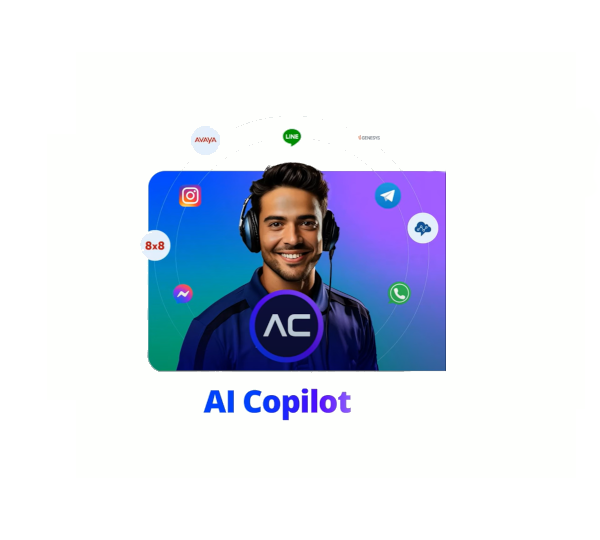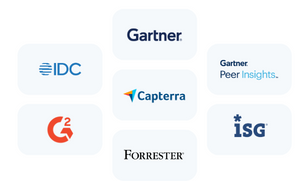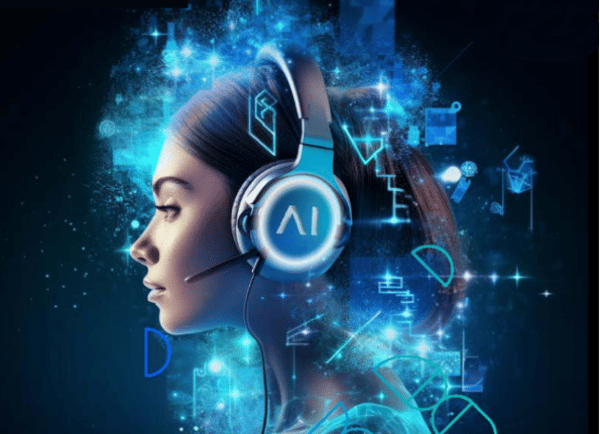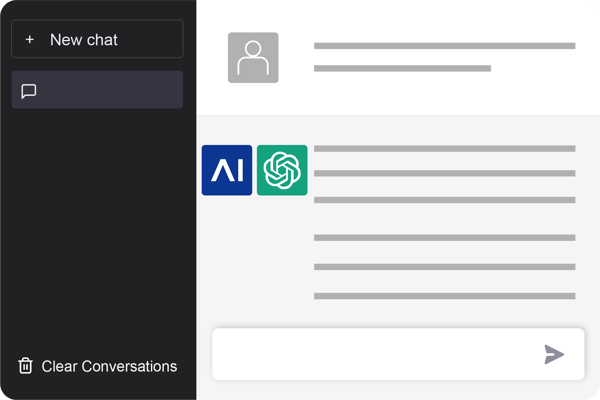Chatbots are tasked with communicating with humans through a messaging interface, such as Facebook Messenger, WeChat, Slack or chats embedded on websites. They utilize artificial intelligence to comprehend what their user has said and access an underlying logic model to decide what to answer back. Modern chatbots have the ability to interface with third party systems to retrieve information they might require for an answer, but also to trigger actions.
What is RPA?
RPA (Robotic Process Automation) is used by organizations to significantly speed up the execution of previously manual business processes. They can mimic user actions and thus enable organizations to automate repetitive tasks in a more accurate and reliable manner. An example would be filling out a number of forms in a legacy system, which can be automated with RPA bots.
Both employ artificial intelligence to do their job, are available 24/7/365 and add a virtual workforce to an organization that work alongside the human process owners.
Recently we are starting to see the convergence of the two technologies, where chatbots are used as the frontend for RPA bots. In order to trigger an automated process, the user initiates a chat with a chatbot, which – through conversing with the user – collects all the necessary information to carry out the RPA task. If the user is giving unclear answers the chatbot has the ability to reconfirm if its understanding was correct, before handing over the information to the RPA bot. The RPA bot then starts executing the process, possibly feeding information back to the user through the chatbot interface.
How do chatbot and RPA work together?
A user initiates the process by talking to their company chatbot and telling it that they’d like to file a vacation request. The chatbot asks for the requested dates and checks with a backend system if the employee has enough leave available. If they don’t, the chatbot recommends a date change.
Once the dates have been set, the chatbot triggers and RPA bot which logs into a legacy SAP system to file the leave request. Once the answer from the backend system has arrived, the RPA system will trigger the chatbot to tell the employee whether the leave request has been accepted or not.

.png?width=60&height=60&name=AI%20Copilot%20logo%20(mega%20menu).png)




.png?width=600&height=600&name=Knowledge%20AI%20Feature%20image%20(2).png)













